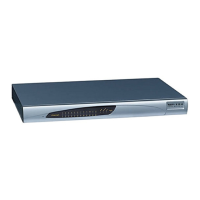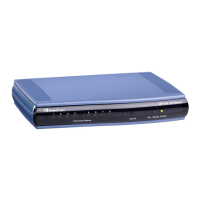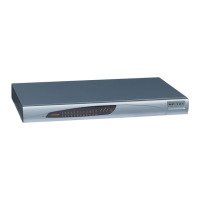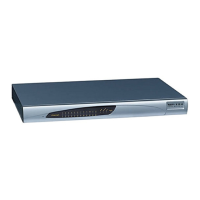Version 5.8 377 September 2009
SIP User's Manual 9. IP Telephony Capabilities
9 IP Telephony Capabilities
This section describes the device's IP telephony capabilities.
9.1 Dialing Plan Features
This section discusses various dialing plan features offered by the device:
Dialing plan notations (refer to ''Dialing Plan Notation for Routing and Manipulation''
377
on
page )
Digit mapping (refer to ''Digit Mapping'' 379 on page )
External Dial Plan file containing dial plans (refer to ''External Dial Plan File''
380
on page
)
Dial plan prefix tags for enhanced IP-to-Tel routing (refer to ''Dial Plan Prefix Tags for
IP-to-Tel Routing'' 381 on page )
9.1.1 Dialing Plan Notation for Routing and Manipulation
The device supports flexible dialing plan notations for representing digits (single or multiple)
entered for destination and source prefixes. These dialing plan notations can be used in the
following tables:
Number Manipulation tables (refer to ''Configuring the Number Manipulation Tables''
124
on page )
Tel to IP Routing table (refer to ''Tel to IP Routing Table'' 131 on page )
IP to Hunt Group Routing table (refer to ''IP to Trunk Group Routing'' 135 on page )
Table 9-1: Dialing Plan Notations
Notation Description Example
Represents a range of
numbers.
[n-m]
Note:
Range of letters is not
supported.
[5551200-5551300]#:
represents all
numbers from 5551200 to 5551300.
123[100-200]:
represents all numbers from
123100 to 123200.
Represents multiple numbers.
Up to three digits can be used
to denote each number.
[n,m,...]
[2,3,4,5,6]#:
represents a one-digit number
starting with 2, 3, 4, 5, or 6.
[11,22,33]xxx#:
represents a five-digit
number that starts with 11, 22, or 33.
[111,222]xxx#:
represents a six-digit
number that starts with 111 or 222.

